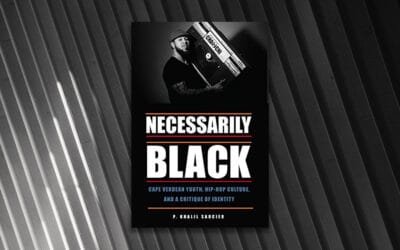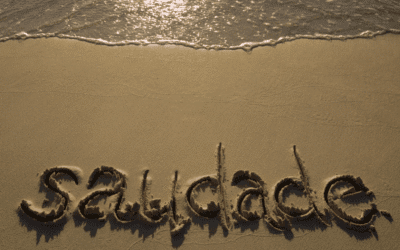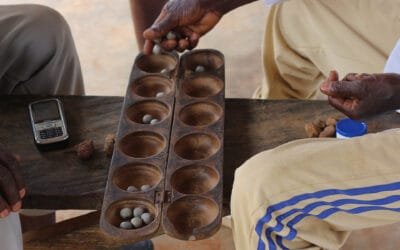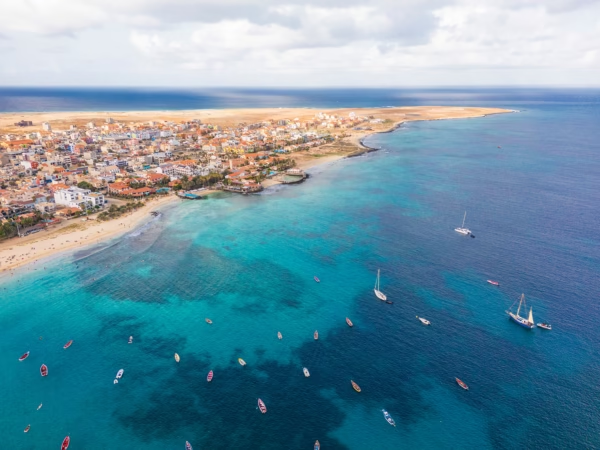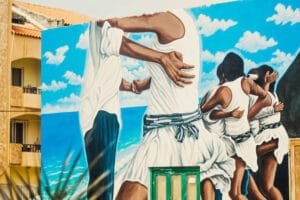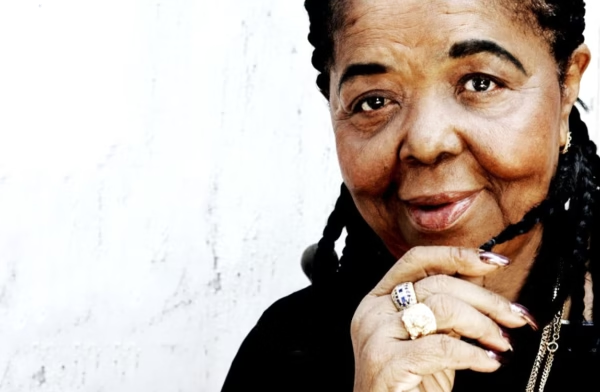Capeverdean Flag: Official Interview With Its Designer
Below, you will find an exact translation from Portuguese to English of an interview with Pedro Gregório Lopes, the architect and creator of the current Cape Verde flag, conducted by Expresso das Ilhas.
Architect Pedro Gregório Lopes won the competition to design Cape Verde’s new flag. At the time, he faced numerous critics who accused him of deviating from the traditional African colours — yellow, red, and green — but, as the author explains to Expresso das Ilhas, the archipelago had only one colour to identify it — the blue of the sky and sea.
Today, Pedro Gregório rejects any special role as the creator of the nation’s symbol, claiming he is simply a citizen who contributed to its creation.
Read also: Why Cape Verde’s Current Flag Contains No Green? Let’s Try to Answer This Controversial Question
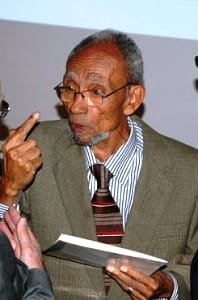
Expresso das Ilhas: How did the process develop until the Cape Verde flag was created?
Pedro Gregório Lopes: In the beginning, we had a different flag, which came with the combatants. This same flag was practically identical to that of Guinea-Bissau. For me, the flag, the anthem, and the coat of arms are symbols of a people or a nation. Therefore, in my opinion, it cannot be confused with the actions of other people or nations. That was the main reason I decided to participate in the competition.
How many attempts did you make?
There were several, because I needed to find symbols that represented Cape Verde. I came up with several designs that reminded me of other flags, so they were rejected. Some people see similarities between the flag I created and the one used by the European Union, but they’re based on just two things: the blue colour and the stars in a circle. When you want to find reasons to tear something down without a solid foundation, they’re easy to find. So I admit that everyone is free to say it resembles whatever they want. To me, that doesn’t seem true for the following reason: there are two essential elements in Cape Verde: the sea and the sky, hence the blue in the flag.
Furthermore, we are a people of emigration, so we are open to the world and, for the same reason, we must also be open to receiving those who come from everywhere. Hence, the reason for the stars in a circle; no point is more important than another; there are points of convergence and points of expansion. There’s a connotation, if you want to go further, of discoveries and the armillary sphere, of navigation, because we, too, are a people of sailors. And the ten stars represent the ten islands. But the flag has other elements. It’s divided into three main sections — upper, middle, and lower — two blue stripes at the top and bottom, and three more stripes in the central area, consisting of two white and one red stripe with dots.
What do they mean?
I believe Cape Verde should be a zone of dialogue. And when we speak, we make a circle, hence the circle of stars, which is offset a third of the flag; the stars themselves are distributed at 30 degrees. When we speak, we seek consensus; to achieve this, we must make an effort, but at the same time, this effort must be restrained, because too much of it generates chaos. Hence, the red stripe is flanked by two white stripes, because psychologically and historically, we consider white to be the colour of peace. In other words, an effort is necessary for the development of Cape Verde, but this effort must be controlled within the framework of peace. In other words, to create the flag, I explored all forms until I arrived at a symbol that must be simplified and easily implemented.
The rules state that flags must be so simple that a child can draw them from memory.
Exactly. And any child can draw this flag. The flag is a symbol, and it should not be confused with anything else. If we go further, we see that on the African coast, we often have difficulty identifying the country. Some people object, but it was a contest; I didn’t impose it on them. Symbols, to have life, shouldn’t be imposed; they should be embraced, because they are part of us.
The profusion of the number three on the flag is not innocent, I presume?
No. It’s inside me. I didn’t invent it; it’s an expression of resistance, of strength. In construction, beams were made of triangular struts. Therefore, the number three represents the triangle.
How did you react at the time to the criticism that accused you of ignoring African colours?
I did this precisely because of the confusion that has arisen with these colours. It was necessary for it not to be like other countries. Despite the name ‘Cape Verde’, we have little green. What is constant and permanent is the blue, the white, of the waves, and the effort required, like iron. Anyone with agricultural experience knows that before the rainy season, hoes are prepared with a steel part, usually red because it has been fired, which is then beaten to give it strength. I conveyed this same idea: that the hoe’s strength is necessary.
The flag, as we’ve said, represents the history of a people, their convictions, their struggles, and their hopes. Do we have all of this in the Cape Verdean flag?
Yes. When I place red between two white stripes, it signifies the effort required to build a country, and I have a beginning and a hope for a path that will take me somewhere — a path that future generations should also travel. Just as the sea, if well explored, can give us what we need. And the sky is because we are a crossroads between continents, we have a privileged position. And today, the sky is also one of the paths to travel.
The flag, as we’ve said, represents the history of a people, their convictions, their struggles, and their hopes. Do we have all of this in the Cape Verdean flag?
Yes. When I place red between two white stripes, it signifies the effort required to build a country, and I have a beginning and a hope for a path that will take me somewhere — a path that future generations should also travel. Just as the sea, if well explored, can give us what we need. And the sky is because we are a crossroads between continents, we have a privileged position. And today, the sky is also one of the paths to travel.
What does it mean to you today to be the creator of the symbol of Cape Verde’s national sovereignty, a symbol that will endure throughout history?
Life has taught me one thing: nothing is definitive. Everything that exists is in a state of transformation or is set aside for a time. I hope that, if I’ve truly managed to interpret Cape Verdean sentiment, the flag will endure, but I don’t fantasise or worry about it being definitive. What do I feel about being the author? Nothing special. Someone had to do it. Just as there was a first president, a first doctor, or a first lawyer, I was the first to present this proposal, nothing more. There’s no vanity. I simply feel that, as a citizen, I contributed to the symbol. There’s something else. I didn’t create the coat of arms, but the interesting thing is that certain elements are common: its creator also used the sea, the triangle, the plumb line, the circle, and the stars. The curious thing is that we’ve never met. Coincidences happen.
Source
- A Bandeira de Cabo Verde e os Seus Significados, Expresso das Ilhas, published on angolabelazebelo.com.
